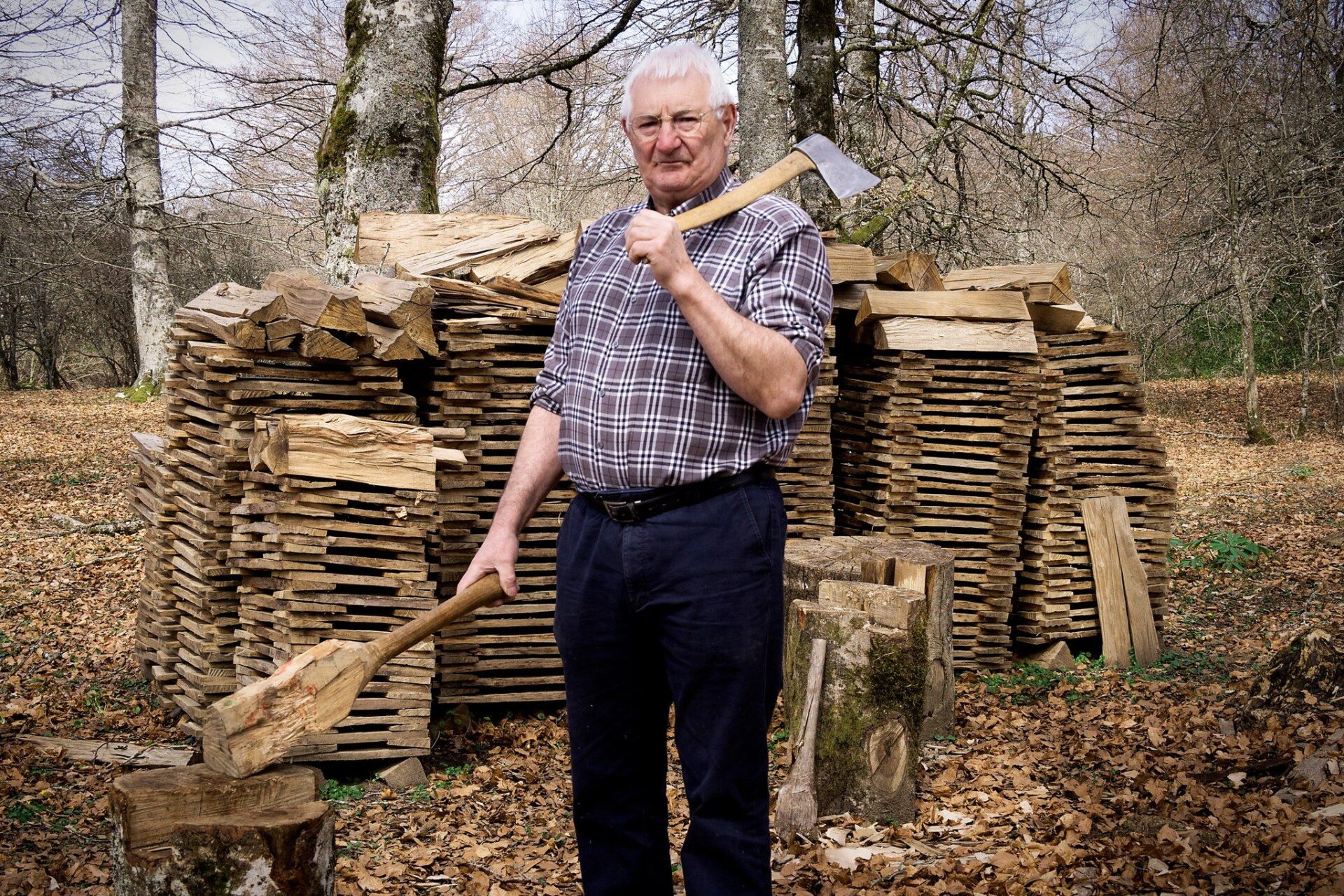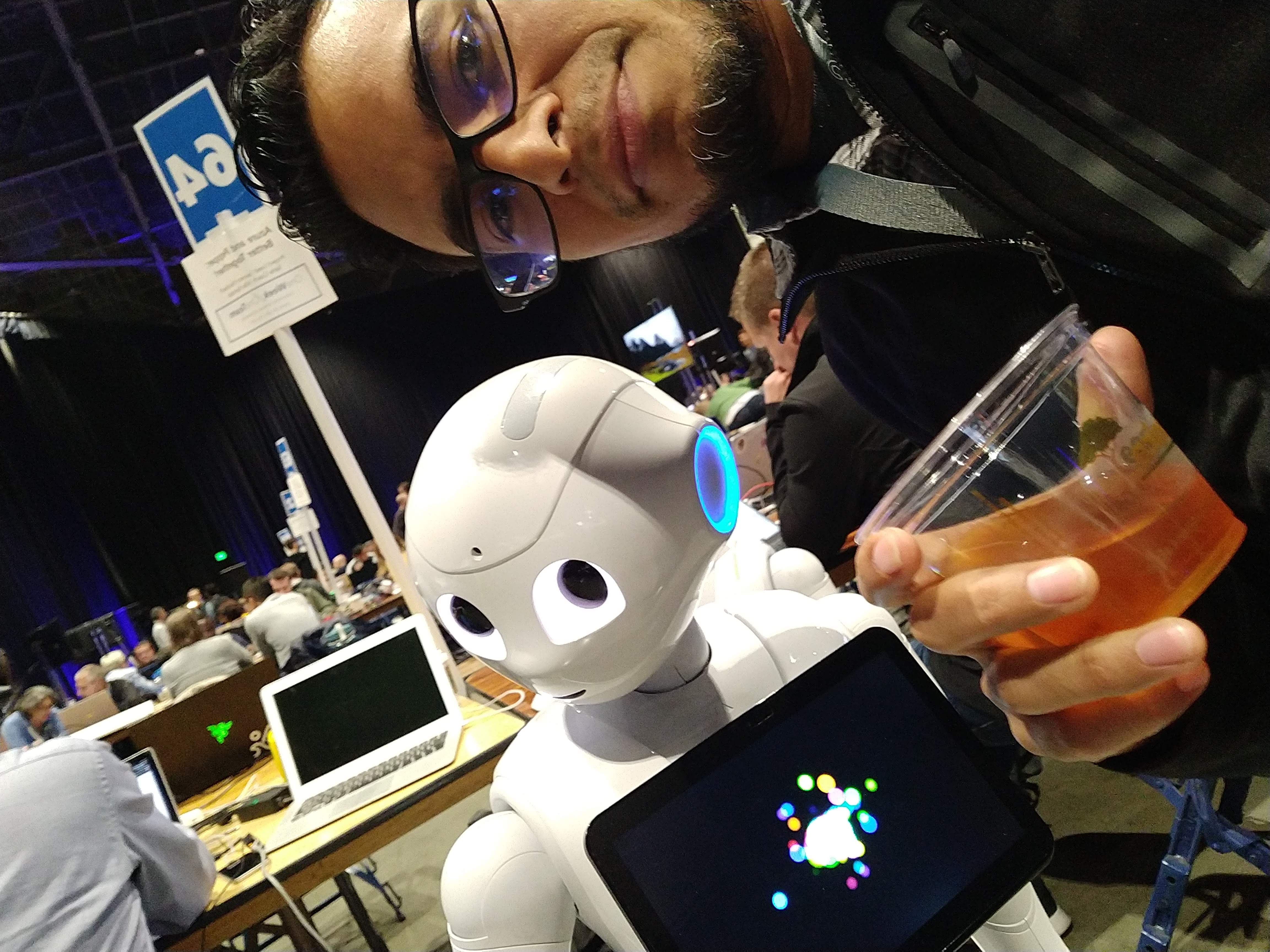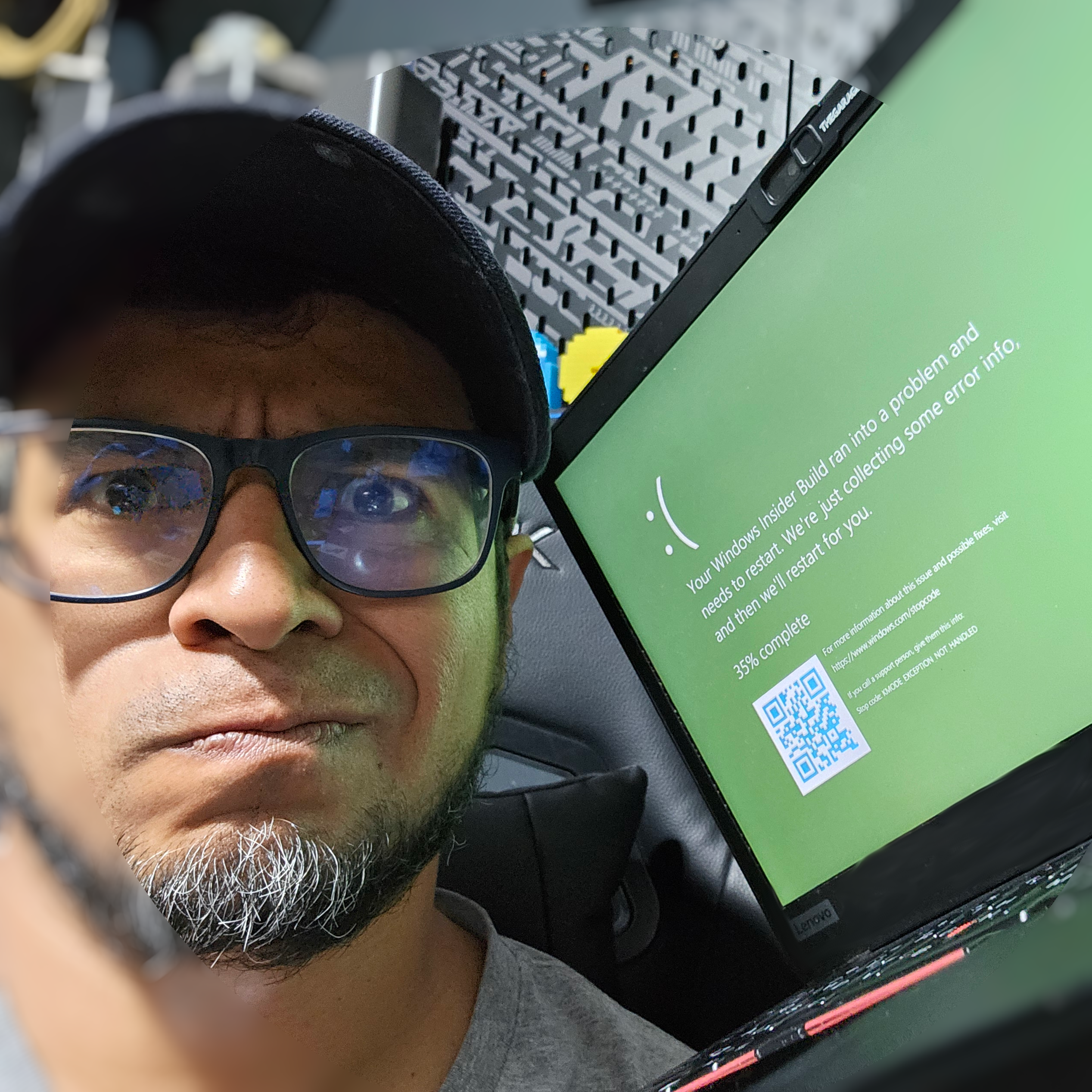“The factory of the future will have only two employees, a man and a dog. The man will be there to feed the dog. The dog will be there to keep the man from touching the equipment.” – Warren G. Bennis
The first piece of software I ever sold was to a local hardware store.
I can still remember the smell of that place: a mix of sawdust, metal, and paint thinner. Their inventory was a glorious, chaotic mess, tracked on paper and by the owner’s memory. He needed a better way.
So, we (me and a high-school friend) built him one. A simple CRUD app in Visual FoxPro. It wasn’t pretty. It probably had more bugs than a summer night the beach of San Blas, Mexico. But it worked. Seeing the owner use it for the first time, seeing his relief as he could finally track his nuts, bolts, and screws—was a revelation. I had taken a real-world problem and solved it with nothing but a keyboard and my brain.
That feeling is why I fell in love with coding. It’s a mix of craft, art, and mastery.
And it’s that feeling that has me thinking about our future.
Then, a few weeks ago, I stumbled upon a mesmerizing ASMR video of a master woodworker making tiles. This guy wasn’t just making tiles; he was conducting a symphony of efficiency. He felled a tree, milled the wood, and meticulously shaped each piece, transforming raw timber into a perfect stack. Every movement was precise, honed by years of practice to maximize his materials and work with incredible speed.

I saw myself in him. I saw that kid in the hardware store, wrestling with Visual FoxPro. It was the same spark.
That video was a lightbulb moment. One day, coding by hand with nothing but a reference book will be seen just like that—a beautiful craft, a hobby, maybe even a performance art. But building commercial apps? That’s going to be a different beast entirely, just like manufacturing tiles is different from that woodworker’s art. The designers and builders will still be essential, but their jobs will be unrecognizable. The skills they need will have shifted dramatically.

Carpentry wasn’t eliminated, just as grocery cashiers haven’t completely disappeared. But their jobs have evolved. Cashiers now often manage inventory, handle customer relations, and even recognize theft patterns. Woodworkers now need to understand industrial design, LEAN techniques, and how to operate sophisticated equipment. The fundamentals remain, knowledge of wood, materials, and problem-solving, just as software engineering will always require a grasp of its core principles.
There will always be a human in the loop. But this human is not just a passive observer, like the man watching the dog. They will be a master of system design, a strategic thinker with a deeper understanding of the entire process. AI will augment their capabilities, not replace them.
The whole “Gen-AI will replace coders” panic feels like déjà vu. Remember 15 years ago? Every car manufacturer and hotshot startup was promising fully autonomous driving in 3-5 years. Sound familiar? It’s the same breathless hype we’re hearing from some AI CEOs today, talking about replacing coders in six months or a “single-digit number of years.” Well, 15 years later, Waymo is still getting stumped by a chaotic street protest. The auto industry was absolutely disrupted—we got amazing cruise control and semi-autonomous features out of it—but it wasn’t the total revolution we were sold. The software engineering industry has been disrupted too, but it’s going to need a human in the driver’s seat for many years to come.
The question is, what kind of humans will be needed? It’s time to prepare and upskill in the areas that will position you to be the one who matters.
As for me, I imagine a future where we look back at coders who worked without Gen-AI, using only a reference manual, as artisans. Perhaps they’ll have YouTube channels, and people will watch in awe as they create a fun application without a search engine or a copilot. It will be a fascinating glimpse into a lost art.
And maybe, just maybe, some kid will be in a local shop, see a problem, and feel that same spark I did in that hardware store all those years ago.
